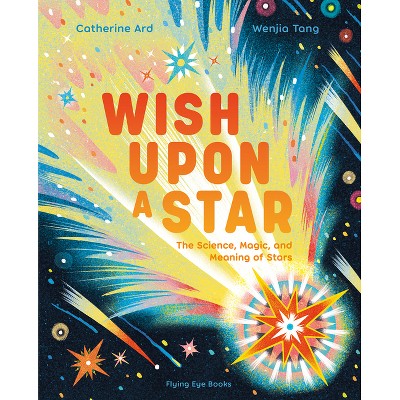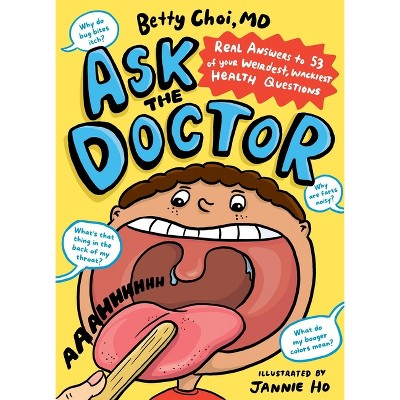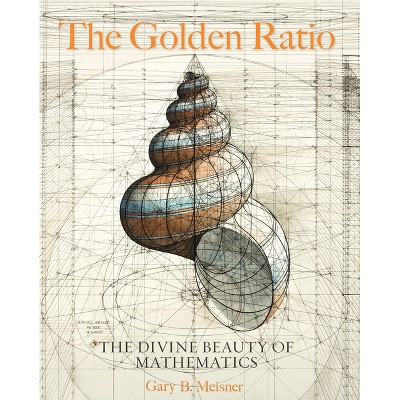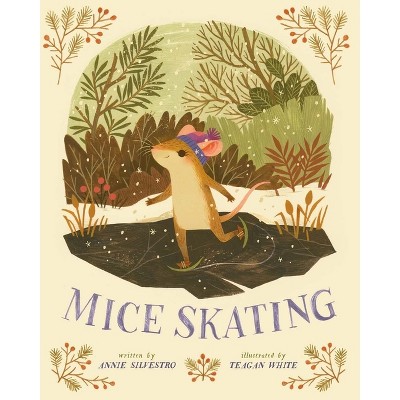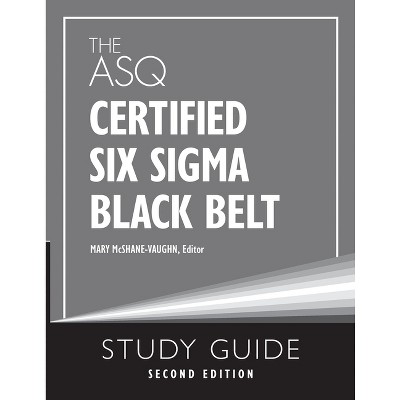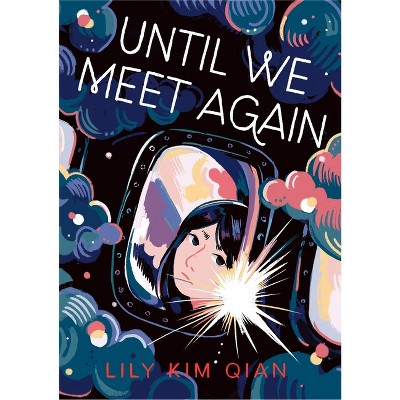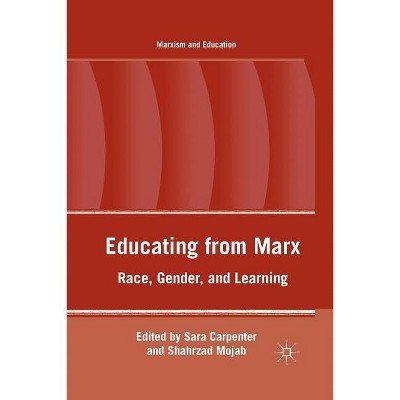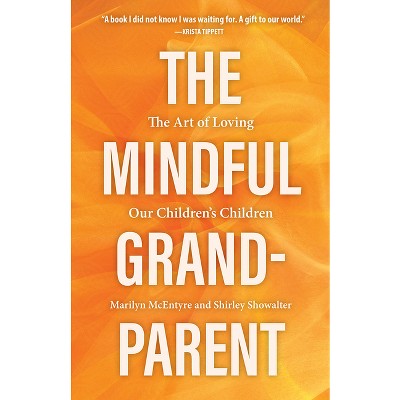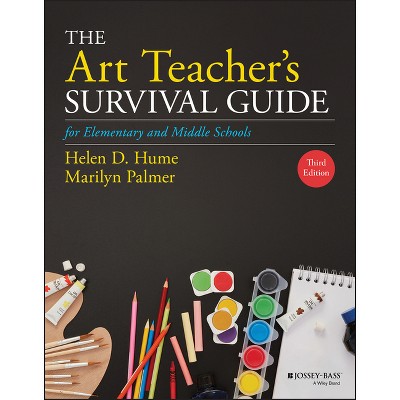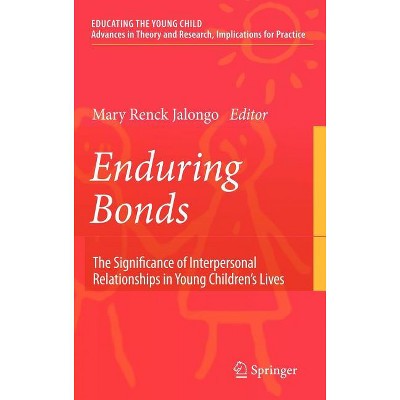Sponsored

Making Meaning - (Educating the Young Child) by Marilyn Narey (Hardcover)
In Stock
Sponsored
About this item
Highlights
- Making Meaning is a synthesis of theory, research, and practice that explicitly presents art as a meaning making process.
- About the Author: As a teacher and teacher-educator, Marilyn J. Narey has extensive experience in both art education and early childhood education.
- 258 Pages
- Education, Teaching Methods & Materials
- Series Name: Educating the Young Child
Description
About the Book
This book synthesizes theory, research and practice to present art as a meaning-making process. It is full of stories of educators and artists transcending disciplinary boundaries to use the arts as a meaning-making process for young children and themselves.
Book Synopsis
Making Meaning is a synthesis of theory, research, and practice that explicitly presents art as a meaning making process.
This book provokes readers to examine their current understandings of language, literacy and learning through the lens of the various arts-based perspectives offered in this volume; provides a starting point for constructing broader, multimodal views of what it might mean to "make meaning"; and underscores why understanding arts-based learning as a meaning-making process is especially critical to early childhood education in the face of narrowly-focused, test-driven curricular reforms. Each contributor integrates this theory and research with stories of how passionate teachers, teacher-educators, and pre-service teachers, along with administrators, artists, and professionals from a variety of fields have transcended disciplinary boundaries to engage the arts as a meaning-making process for young children and for themselves.
From the Back Cover
Making Meaning: Constructing Multimodal Perspectives of Language, Literacy, and Learning through Arts-based Early Childhood Education, is a synthesis of theory, research, and practice that explicitly presents art as a meaning making process.
Respected educational theorists from John Dewey to Elliot Eisner argue for a cognitive view of art as creation of meaning. Numerous researchers from a variety of fields promote multimodal views of language, literacy, and learning. Further, while not all practitioners have the background that encourages this multimodal conceptualization, most acknowledge that the arts have a place in the early childhood curriculum, and many express concerns that mandated prescriptive practices and high-stakes test preparation leave little time for arts experiences that were once central to the early childhood curriculum. The multimodal, child-centered understandings of art as a means of "coming to know" presented in this text offer significant implications for young children's language, literacy and learning and underscore the early childhood education professional's responsibility to advance the arts in the various settings in which they work.
Therefore, the purpose of this book is to provoke readers to examine their current understandings of language, literacy and learning through the lens of the various arts-based perspectives offered in this volume; to provide them with a starting point for constructing broader, multimodal views of what it might mean to "make meaning;" and to underscore why understanding arts-based learning as a meaning-making process is especially critical to early childhood education in the face of narrowly-focused, test-driven curricular reforms. To that end, a group of distinguished authors will provide chapters that integrate theory and research with stories of how passionate teachers, teacher-educators, and pre-service teachers, along with administrators, artists, and professionals from a variety of fields have transcended disciplinary boundaries to engage the arts as a meaning-making process for young children and for themselves.
Review Quotes
"As contributors to Narey's edited collection (2009) seem to imply, literacy is defined as a "person's ability to make/interpret meaningful signs in a particular representational modality (e.g., print, image, film, etc.)" (p. 2). Yet, as these authors (Narey, 2009) seem to imply, our schools and education systems remain verbocentric, even in early childhood, despite our predisposition for meaning making in multiple modalities in today's global world. Narey's book is foundational for teaching through multiple modalities. Readers can dive into any of the aforementioned texts to opportunities for opening up spaces that invite your students to critique, design, and engage in multi- modal experiences."
"As a professional resource for early childhood educators, Narey's book offers educational theory supporting multimodal teaching and educational settings. Readers will be stimulated by detailed descriptions of arts-infused curriculum and inspiring descriptions of technologyused to extend learning. It is a valuable reference for anyone interested in learning more about multimodal learning."
Excerped from:
Professional Book Reviews: Critique! Design! Engage! Opening New Spaces for Multimodal Experiences, Deidre Clary, Amy Johnson Lachuk, Andrew M. Corley, and Lucy Spence. Language Arts, Volume 89 - Number 2, November 2011.
Copyright 2011 by the National Council of Teachers of English. Used with permission.
About the Author
As a teacher and teacher-educator, Marilyn J. Narey has extensive experience in both art education and early childhood education. During her tenure as a K-12 public school art teacher and department chair in southwestern Pennsylvania, she received multiple grants and recognition for her innovative child-centered curricular projects and partnerships. Her work in the private sector focused upon developing a successful pre-K through primary program that featured arts-based learning. Currently she is a professor of Early Childhood and Elementary Education at East Stroudsburg University of Pennsylvania. Driven by a vision of quality early childhood education that transcends disciplinary boundaries, Dr. Narey has received National and state awards for teaching excellence for her work in general education, as well as art education. Her research and publication interests include teacher quality, reflective practice, creativity, curriculum design, literacy, and instructional technology and she has presented nationally and internationally on these topics.
Shipping details
Return details
Frequently bought together
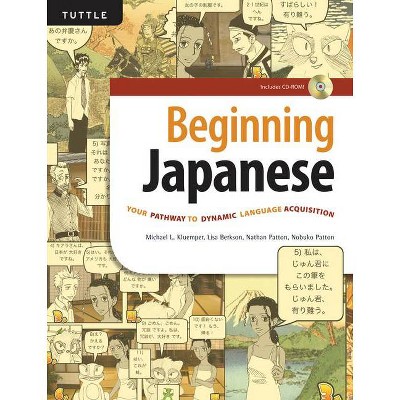
Trending Non-Fiction






Discover more options
